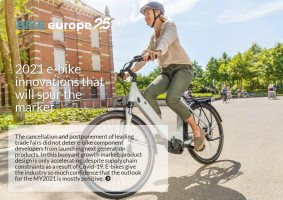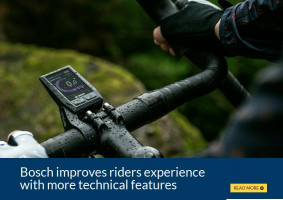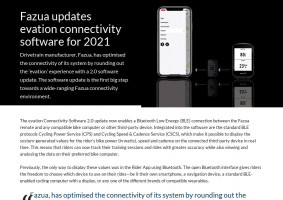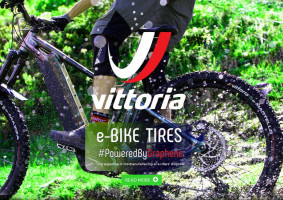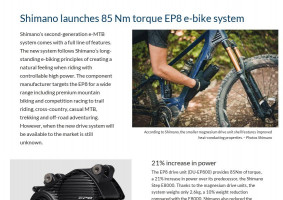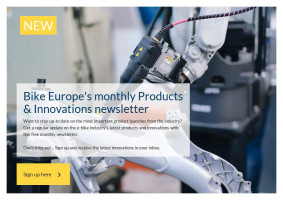Shimano’s second-generation e-MTB system comes with a full line of features. The new system follows Shimano’s long-standing e-biking principles of creating a natural feeling when riding with controllable high power. The component manufacturer targets the EP8 for a wide range including premium mountain biking and competition racing to trail riding, cross-country, casual MTB, trekking and off-road adventuring. However, when the new drive system will be available to the market is still unknown.
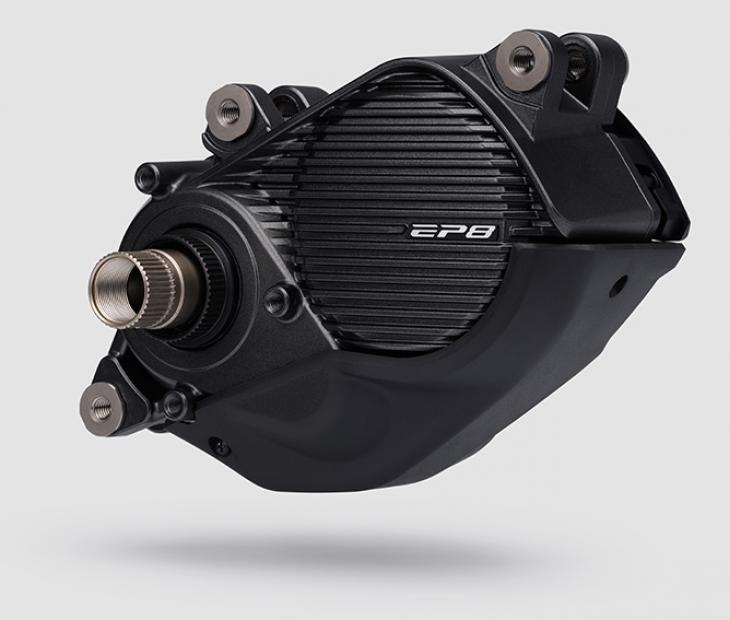
Within a week after the launch of the EP8, Shimano came out with a statement on a technical problem found in the first production series. “We discovered an issue affecting first batch production of its DU-EP800 drive unit in conjunction with the ISO 4210-2:2015:4.8.4 standard. This is related to a fatigue issue.” How this will impact the introduction of the EP8 is still unknown as Shimano added: “We are still investigating so we cannot confirm availability or further details at the moment.”
21% increase in power
The EP8 drive unit (DU-EP800) provides 85Nm of torque, a 21% increase in power over its predecessor, the Shimano Step E8000. Thanks to the magnesium drive units, the system weighs only 2.6kg, a 10% weight reduction compared with the E8000. Shimano also reduced the friction that comes with a pedal rotation, noticeable when operating the system without power by more than a third.
This friction reduction creates improved battery efficiency when the motor is active, or a smoother ride when pedaling without support. For example, when the motor is switched off or when riding above 25 km/h. Together with the friction-reduction is an improved clutch mechanism which provides a smoother cut-off when pedaling above 25km/h. Despite the increased torque, Shimano claims lower noise levels.
According to Shimano, the smaller magnesium drive unit shell features improved heat-conducting properties with redesigned internals, like optimised gear structure and new EW-SD300 wires. These all aid cooling and improve performance when operating at maximum torque on long, steep climbs. The drive unit case is also shaped more in line with the smooth lines and angles of bike frames which improves ground clearance and, together with internal batteries, makes Shimano EP8-equipped bikes sleeker.
Customisable software
For an improved natural feeling e-mountain bike, Shimano refined the settings of the EP8 software, along with customisability. The Boost mode now tops out at 85Nm of torque, reached with low rider input torque. The Trail mode also tops out at 85Nm but it is also more responsive to a rider’s inputs, either saving battery at low input torques or quickly ramping up the power delivery to provide the maximum 85Nm output at approximately 60Nm of input torque. This smarter assist ratio algorithm is said to make the Trial mode so versatile that mode switching can, for the most part, be forgotten about. Finally, the Eco mode tops out at 30Nm, reached in a similarly responsive manner.
630Wh batteries
For the battery options Shimano offers the new types released last May 2020, including the two 630Wh batteries or the smaller but faster charging 504Wh internal battery. Like their batteries, Shimano claims they are extremely long-lasting, taking up to 1000 full charge cycles before they drop to 60% of their original capacity, which in many cases is longer than the average ownership of a bike.

E-Tube app for customising drive unit performance characteristics
Complementing the Shimano EP8 e-bike drive unit, the new the E-tube project app gives riders greater control over how and where they ride. It is now possible to tweak settings and customise each power assist level (boost, trail and eco), resulting in 10 levels of assistance between 20-85Nm (depending on the mode setting) with the option to reduce maximum torque assist from 85Nm to save battery power.

